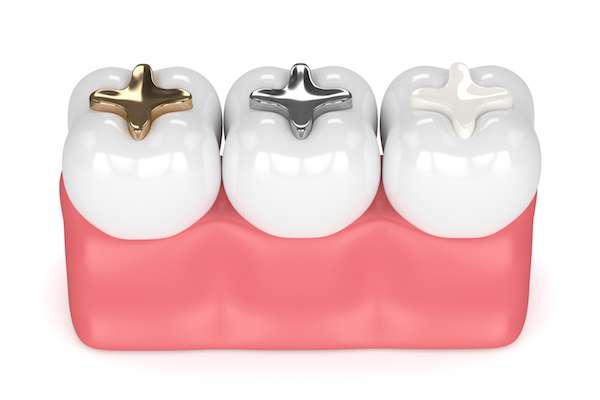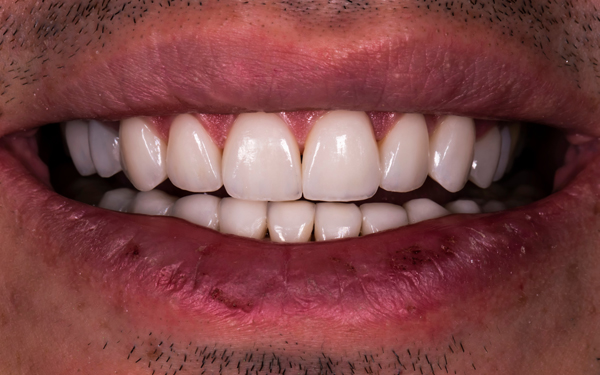 When a patient has a cavity, a general dentist thoroughly takes out all the decayed area of the tooth and replaces it with a filling in the empty space to prevent future decay. When it comes to the type of filling, there are various options from which the patient may choose. They each have advantages and disadvantages, and one may be the better choice based on the severity and location of decay, the patient’s budget, and aesthetic goals.
When a patient has a cavity, a general dentist thoroughly takes out all the decayed area of the tooth and replaces it with a filling in the empty space to prevent future decay. When it comes to the type of filling, there are various options from which the patient may choose. They each have advantages and disadvantages, and one may be the better choice based on the severity and location of decay, the patient’s budget, and aesthetic goals.
Types of dental fillings
A general dentist recommends getting a filling as soon as possible after the noted presence of a cavity. Leaving it untreated makes the problem worse and intensifies any pain or other symptoms. During the visit, the decayed area is removed, and the placement of a filling prevents the decay from becoming worse.
Composite resin
A resin filling is made from a mixture of plastic and minute glass particles. One advantage of this type of filling is that it is the color of the surrounding teeth, so it is virtually impossible to see. This makes a resin filling ideal for the front teeth. If this filling is placed on the tooth directly, it adds strength, which may prevent future damage.
One of the disadvantages of a composite resin filling is that it does not last very long, so it will probably need to be replaced at some point. The placement of the filling also takes longer than a silver filling although shorter than a gold one.
Silver
A silver filling is made up of small traces of silver, tin, copper, and mercury. It is a popular option with patients because it is the most affordable. It is also easier and quicker to place, as it fits nicely into the space where the cavity was removed.
In terms of durability, a silver filling typically lasts for 10 to 15 years, which is longer than resin fillings but shorter than gold. One disadvantage is that the silver color makes the filling obvious. For this reason, a silver filling is usually used on teeth located in the back of the mouth. Some patients are also concerned about the presence of mercury in the filling though dental professionals say it is not enough to be detrimental to one’s health.
Gold
Made of gold, this filling is also used mainly on the back teeth. A general dentist may recommend this option due to its most popular advantage, which is extreme durability. Due to the materials used, it should last a long time if a patient practices good oral hygiene.
One disadvantage of a gold filling is the cost. It is the most expensive option compared to the other two. Another disadvantage is the color since it may look like the affected tooth is discolored or very yellow. It also takes two visits to place this filling as it is created in a dental lab based on a mold of the patient’s tooth.
Conclusion
Getting a cavity filled is important to stop the decay and prevent future issues. A general dentist will help the patient decide which type of filling is a good choice for a specific situation and the patient’s goals.
Request an appointment or call Queens Family Dental at 718-954-9425 for an appointment in our Flushing office.
Recent Posts
Many patients visiting a general dentist do not fully understand the use of dental X-rays. Patients may wonder if this type of imaging is completely necessary, and it is important to understand the risks and benefits of the procedure. Dental X-ray exposure is safer than ever before, and when patients are knowledgeable about the procedure,…
Tooth extraction frequently occurs in the office of a general dentist for a variety of reasons, including:Bacterial decayAccidental breakageOvercrowdingImpactionMost patients are more concerned about the gap the tooth leaves behind than its fate outside their mouths. An extracted tooth usually takes one of the following paths, depending on whether the dentist or the patient claims…
A general dentist often focuses on the importance of oral hygiene and how it can help the overall health of patients. There are many patients who are unaware of the impact that oral health can have on the heart’s health. The following explains how poor oral hygiene may be connected to the development of heart…


